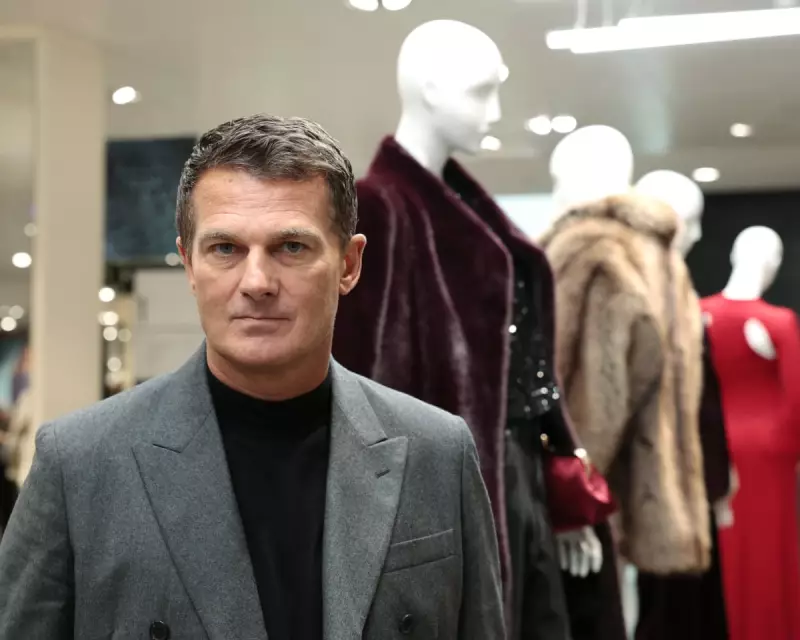
While many predicted the death of the department store, John Lewis is making an ambitious £800 million bet that physical retail is not only surviving but thriving in the post-pandemic era.
The £800m Revival Strategy
Peter Ruis, the managing director of John Lewis, has revealed ambitious expansion plans despite the chain closing 16 stores and shedding thousands of jobs during the pandemic. The 161-year-old retailer is committing £800 million by 2029 to completely reboot its 34 remaining outlets across the UK.
Ruis, who returned to John Lewis last year after more than a decade away, firmly believes in the future of physical stores. "The store is a perfect invention," he states, "and we've seen only too well, coming back from Covid, how people have gravitated back to the stores."
Transforming the Shopping Experience
The revival strategy focuses on creating "radical relevance" for John Lewis's once-staid outlets. "We are getting rid of the old stuffy department store and replacing it with something more experiential," Ruis explains.
Standing in the Bluewater store in Kent, Ruis demonstrates the new approach by pointing to a gifting section that brings together an eclectic mix of products from puzzles and mugs to electric bicycles and perfume, all enhanced by a gin bar operated by independent brand Mermaid.
The key innovation involves reorganising products around lifestyle themes rather than traditional departments. "Making items more easily browsable is the future of shopping," Ruis emphasises, highlighting how this approach helps shoppers discover products in ways that aren't possible online.
Christmas Rush and Financial Performance
This Christmas season presents both opportunity and challenge for the retailer. Ruis notes that while there's "been a lot of doom and gloom" about consumer spending, he believes "it's coming late, but it's coming hard."
The employee-owned chain faces significant pressure after reporting a £53 million loss in the first half of the current financial year. However, the partnership managed to achieve a £10 million profit for the year to January, demonstrating its resilience.
Ruis remains cautiously optimistic: "I think we're optimistic, but, you know, it's a difficult market. It's difficult for the customer."
Expanding Reach and Services
John Lewis is aggressively pursuing younger customers, as evidenced by its viral Christmas advertisement featuring a father and son bonding over dance music. Ruis claims the ad has gained traction as far away as Germany and Hong Kong.
The retailer is also testing new services, including a 45-minute delivery partnership with Uber Eats currently operating in two stores. This allows customers to order products ranging from headphones to beauty items for rapid delivery.
New brand partnerships form another crucial element of the strategy. John Lewis has become the exclusive high street host for Topshop and is introducing other cross-generational brands including Carhartt, Charlotte Tilbury, Apple, and Waterstones.
Ruis reveals that womenswear represents the next major growth opportunity, with "some big announcements coming" regarding new brands next year.
The transformation aims to create "that sense of a day out, but with a more modern vision about that day out," whether customers are collecting online orders, enjoying a massage, or having lunch in the store cafe.
Ruis believes John Lewis's employee-owned model provides significant advantages, including financial security with "a billion quid in the bank" and the ability to take a long-term strategic view.
"If you add all these elements together," Ruis concludes, "It's more than a department store." As competitors like Debenhams and Beales disappear from high streets and House of Fraser dramatically reduces its presence, John Lewis is positioning itself as the last national department store standing through innovation and substantial investment.





